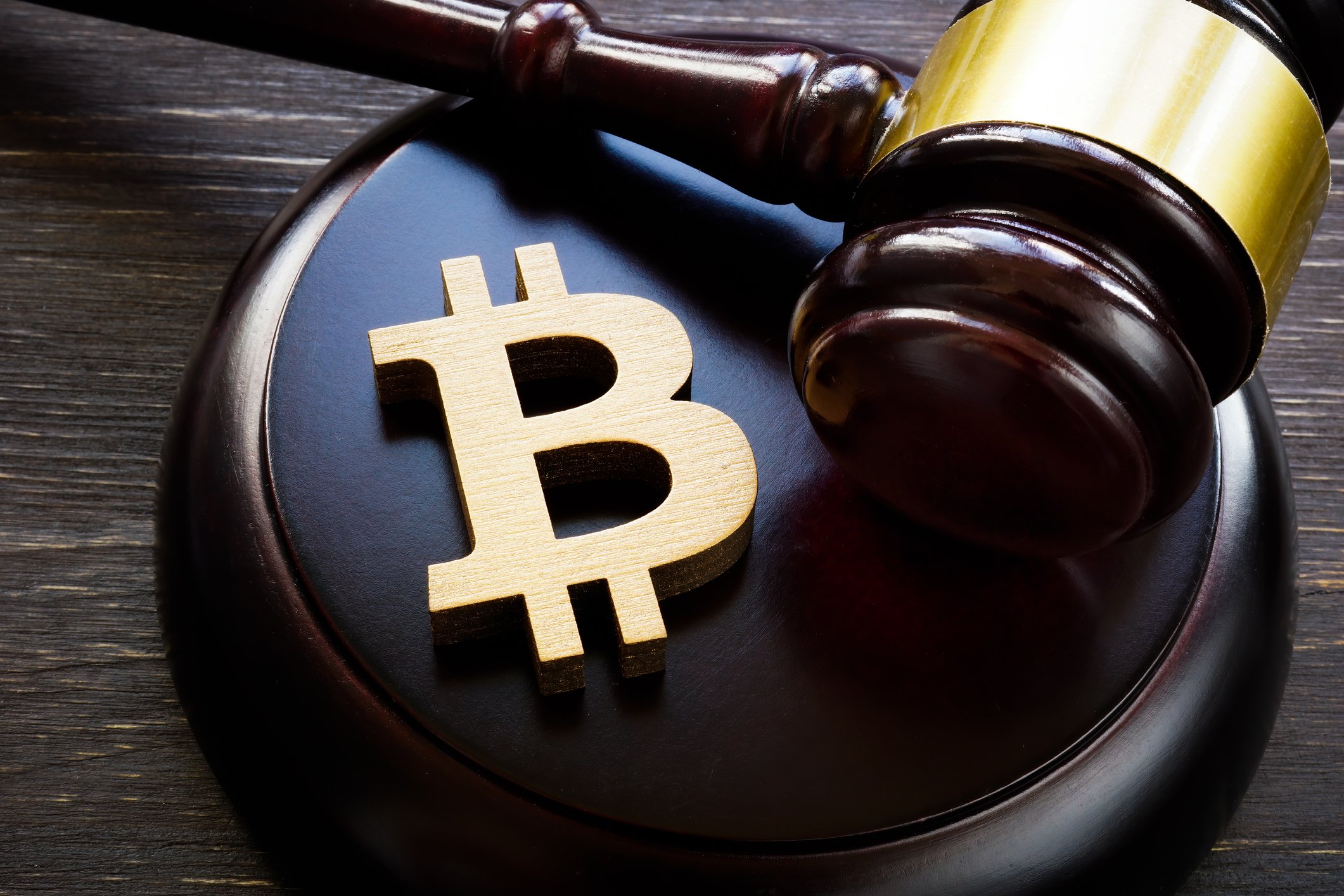Billionaires and their funds keep adding to their Bitcoin (BTC +1.46%) stacks. Strategy's (formerly known as MicroStrategy) co-founder Michael Saylor is a cryptocurrency celebrity purely on the basis of his reliably gargantuan purchases of the big orange coin. Tim Draper is again predicting "infinity" for the price, saying the dollar will collapse long before Bitcoin runs out of buyers.
Yet the coin has spent most of July with its price meandering between $101,000 and $108,000. The disconnect between highly bullish billionaires and humdrum price action raises a fair question for long-term investors: If heavy hitters are accumulating, why is the market treading water?
Here's what's going on.

CRYPTO: BTC
Key Data Points
Big buyers can still make a small splash
Let's start with the numbers everyone quotes.
By mid-July, Bitcoin exchange-traded funds (ETFs) vacuumed up $14.8 billion in cumulative net inflows since January 2024, with one fund pulling in $1.3 billion in just two trading days.
When Strategy buys a massive stash, it does so via over-the-counter (OTC) brokers that source coins directly from miners or large holders, keeping those transactions off public order books. The same "invisible" route applies to ETFs, which are assembled by purchases from a handful of authorized participants rather than on mainstream exchanges.

Image source: Getty Images.
That means demand often bypasses the venues where the quoted price is discovered, namely major crypto exchanges.
Meanwhile, newly mined supply continues to flow, albeit at a slower rate than before the 2024 halving. Opportunistic miners regularly sell part of their output to cover power bills or other operating costs, especially now that break-even costs run above an estimated $45,000 per coin for the largest public mining operators. Given that miners have held Bitcoin since much lower prices in anticipation of the higher-priced period we're now in, it makes perfect sense that they'd be exiting at least some of their position to secure their profits and guard against the losses that would be caused by any kind of drawdown.
Add in routine profit-taking from whales and short-term investors, and it becomes clear why even billion-dollar tickets might not launch a moonshot.
Macro uncertainty is high on a weekly basis now
The biggest brake on Bitcoin's price right now is the high degree of global macroeconomic uncertainty that originates from the trade policies of the United States.
President Trump has given trade partners until Aug. 1 to cut fresh trade deals or face tariffs, a deadline that keeps shifting with every tweet and off-the-cuff remark, along with revisions to the supposed penalties for noncompliance. Investors know perfectly well that a single improvised policy pivot could yank global supply chains and extinguish risk appetite instantly -- or send it into maximum overdrive.
That whiplash is already visible. Treasury Secretary Scott Bessent's stop-and-go negotiations with China have seesawed between 0% and 100% tariffs on critical imports, as well as less-critical but relevant imports like Bitcoin mining hardware. Markets typically hate binary outcomes, so money keeps shuttling from risk assets into cash the moment headlines sour, then back again when the next headline inevitably signals a softer approach to negotiations.
Some experts, including those at Wharton's Budget Project, figure these tariff policies will lead to decreased growth that could be even harsher than doubling the corporate tax rate would be. Such forecasts understandably spook shorter-term holders, who tend to dump Bitcoin whenever growth expectations lurch lower, reinforcing sharp drawdowns.
It's important to note that there aren't going to be any tariffs levied against Bitcoin or its mining specifically.
This kind of macroeconomic stress typically drags on Bitcoin until conviction buyers step in and procure coins for long-term holding. In other words, volatility is the toll paid by investors who can't commit to holding through the policy storm.
For those with a multiyear horizon, the disarray may be a buying opportunity. For everyone else, it's a rough ride. So keep your focus on the longer term and plan your investing strategy accordingly.





